Want to step into the amazing food menu of Puma? Mainly, the puma and its habitat determine what they eat. Puma’s ability to consume a wide range of foods contributes to their success.
Generally, their foods are deer, moose, or elk. But when they don’t find these larger animals, they can survive on armadillos, squirrels, capybaras, birds, raccoons, snakes, porcupines, coyotes, rabbits, and smaller animals like rodents.
Let’s dive into the exploration of puma’s food varieties which will raise your interest to know more!
What Are the Foods of Puma and How Do They Hunt?
The puma is actually a large cat (carnivorous feline) that is only meant to eat meat. Being a major predator, its only role in the food cycle is to consume herbivore animals.
Likewise, huge camelids and ungulates are its preferred food. It will also eat birds and small mammals that are within its feeding range. However, Guanacos is the favorite prey of puma.
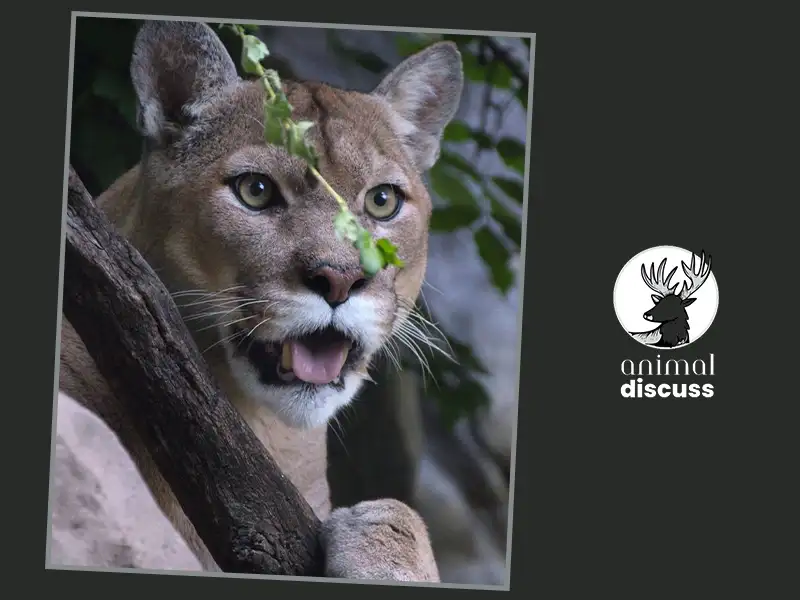
Given that it faces competition from other huge predators in its habitat. Thus, its existence is ensured by these adaptable characteristics.
While hunting, it waits for the ideal opportunity to ambush its victim by stalking it. Pumas conceal themselves among stony ledges or tall grass. And the only method to subdue a huge animal, like a deer, is to grasp its neck using its fangs.
Also, pumas press against the prey’s windpipe and cause it to suffocate as well as exsanguine itself to death.
As I said, the eating and prey habits of pumas differ depending on the area in which they reside. I will thus provide you with more detailed information on each geographic area in the sections that follow.
More curious about Puma’s overview? Then you should read “full article” to know more.
What Do North American Pumas Eat?
We can observe the subspecies of puma that is generally known in this area. Large species, such as elk, mule deer, and white-tailed deer, make up 68% of its diet.
Alongside this prey, there are armadillos and wild boar in the southernmost region of the United States, close to Florida.
Puma’s Food in Central America
In Central America, pumas consume smaller game. Here, ungulates that are less frequent only account for 35 percent of its diet.
Due to this regard, its primary food sources in these areas include lagomorphs, tiny vertebrates, and giant rodents like porcupines and capybaras.
Food of Pumas in South America
This species is substantially more common in South America. For this reason, as we previously stated, a number of subspecies have been identified, all of which are interchangeable with the Puma concolor subspecies:
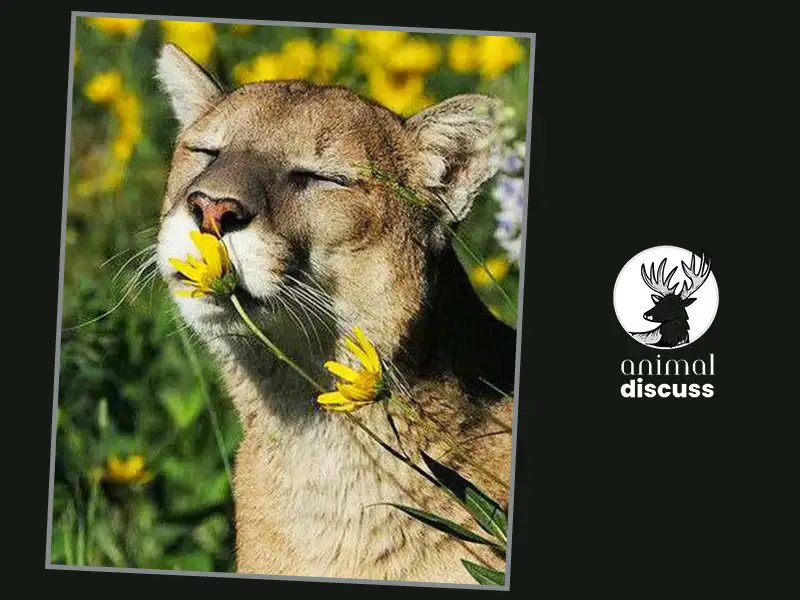
- Cougar from northern South America, Puma concolor.
- Southern South American pumas, Puma concolor puma.
- Cougar from Eastern South America, Puma concolor anthony.
- Cougar of Argentina, Puma concolor cabrerae.
This is the area where big prey is most in short supply and where other carnivores compete with the puma the most. As such, it eats more frequently and on smaller creatures in these areas. Preferable prey comprises birds, coatis, and deer.
How Much Food Do Pumas Consume?
A female puma in the Sheep Rivers region of Alberta consumes 2.5 kg of recently slaughtered mule deer every day. Pumas have been shown in captive feeding trials to consume up to 10 kg of meat in a 24-hour period.
They often receive 1.6 to 5.5 kg of meat each day from zoos. Moreover, they observed one fast day a week.
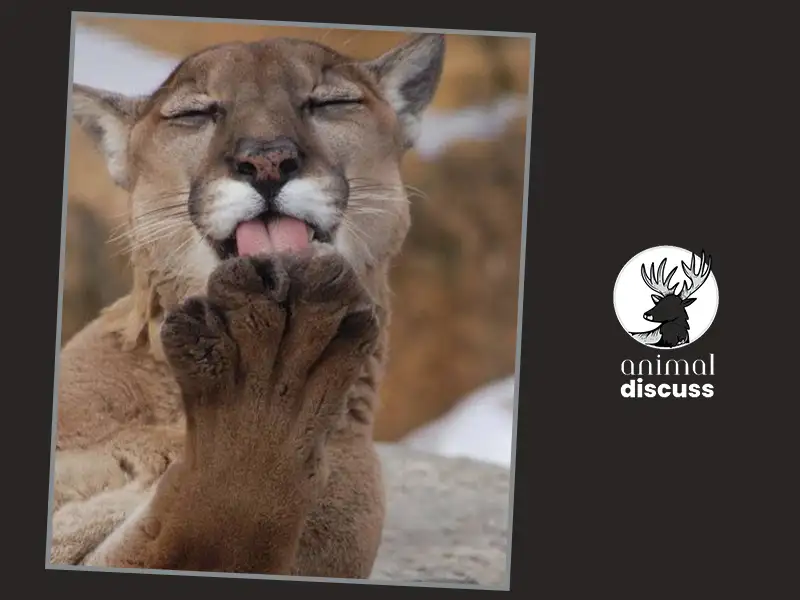
The pumas that a California hunter killed had consumed between 2.2 and 3.6 kg of meat. This was a big supper for a puma.
According to an energetics model, which is based on energy requirements, males should consume 3.4 to 4.3 kg per day, while females should consume 2.2 to 2.7 kg.
A family of pumas, consisting of a female as well as two young, aged five months, consumed 5.1 kg of cat food every day. Over the course of 27 days, one or maybe two pumas consumed around 165 kg of elk, or 6.1 kilograms per day.
Between early December and early April, in Alberta, a grown-up male consumed 7.2 kg on average per day. A female who was not pregnant consumed 4.6 kg of meat every day.
Impact of Habitat Loss on Puma Food Sources
With human development encroaching on their natural habitats, pumas are finding it harder to find food. As forests and grasslands shrink, the animals pumas prey on, like deer and elk, become scarcer.
This scarcity means pumas have to travel farther to hunt, using more energy and facing tougher competition from other predators.
Additionally, when there’s less prey available, pumas might turn to livestock for food, leading to conflicts with humans. So, habitat loss isn’t just about losing trees; it’s about making it harder for pumas to find their next meal.
Which Animals Kill Puma as Food or Other Reasons?
Throughout the Americas, the puma ranks among the most extensively dispersed mammals. This species, which is native to South as well as North America, is a powerful predator that is unaffected by other creatures.
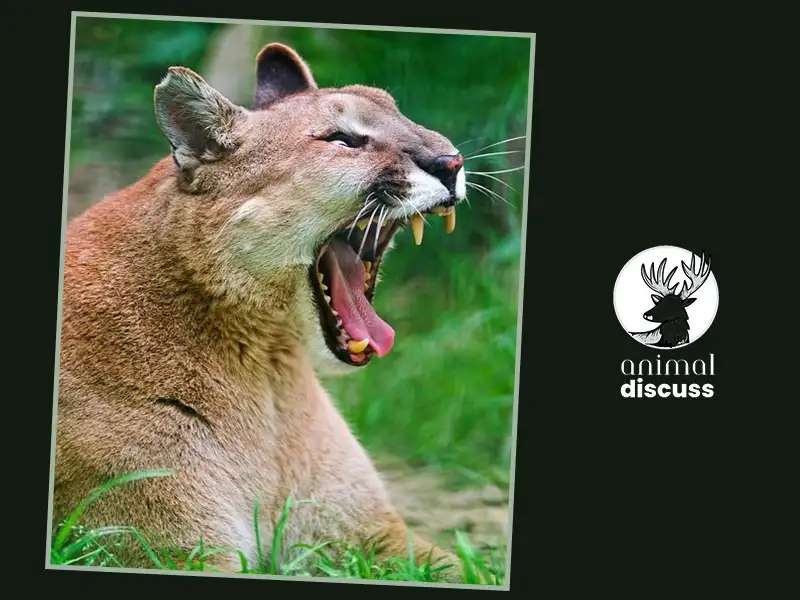
Nevertheless, some animals will murder pumas as a means to take their prey, escape being eaten, or display their corpse as a trophy. Have a look at them-
- Wolves
Mainly, wolves are smaller than pumas on average. So, they are fearless hunters who will occasionally assault and kill pumas in order to take their prey.
- Elk
It has also been reported that herbivores just like elk can murder pumas. Yes, in order to refrain from eating. Elk, who may weigh over 1400 pounds, like any other predator, can kill a puma out of terror.
- Bears
A bear that discovers a carcass has the right to attack a puma that threatens to take its own prey. Although it doesn’t happen frequently, bears and grizzlies will occasionally consume pumas when they come across one another in a struggle for food.
- Other Pumas
Another puma is the most frequent predator of pumas. Suppose you are a puma and somehow escaped from other large cats, you will probably still be driven from your home range.
There are several reasons why a different puma could desire your personal space. They might be interested in your den, water supply, or food source. Or maybe there isn’t enough space for two large cats in a tiny area.
- Humans
Pumas are killed by humans as game or trophies. Moreover, their fur is frequently used in pricey apparel. Also, in some places, they are poisoned and trapped to protect livestock.
Conservation Implications: Protecting Puma’s Food Sources
Why should we care about what pumas eat? Naturally, it is not just about them – it is about the whole ecosystem! When we safeguard the places where pumas find their food, we are also protecting the homes of countless other animals.
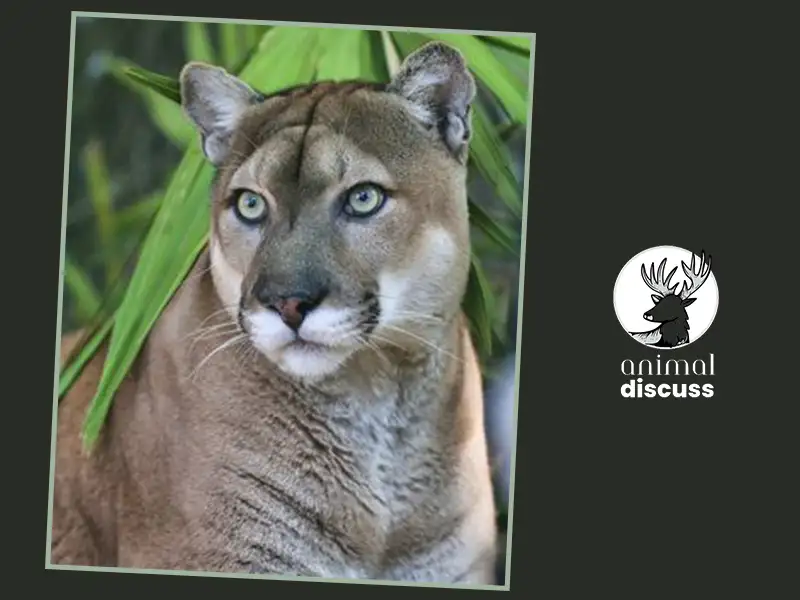
Here, just picture the grocery store closing – where would you get your food? That is the dilemma pumas face when their hunting grounds vanish. By preserving their food sources, like deer and rabbits, we are helping maintain the delicate balance of nature.
Therefore, conservation efforts targeting puma food sources are not just about saving animals; they are about safeguarding the entire web of life. When we conserve forests and grasslands, we are not just saving trees – we’re ensuring that pumas and other predators have sustenance.
And when predators thrive, they play a crucial role in controlling populations of prey species, preventing them from overrunning their habitats. So, by looking out for puma food, we are truly caring for the health of the entire ecosystem!
Frequently Asked Questions
Have more queries about the puma’s food? Let’s read along to answer the queries!
01. What is the Diet of Pumas in the Amazon?
Due to their solitary nature, pumas typically hunt at night. In the Amazon, they eat armadillos, capybara, birds, wild pigs, and monkeys.
02. Will a House Cat be Eaten by a Puma?
Yes. Twenty percent of puma diets were from house cats in the most well-developed areas. The researchers then looked at the reasons behind pumas’ dietary changes in various environments. Also, the most straightforward explanation was that pumas consumed whatever was most typical in the region.
03. Can a Puma Consume a Monkey?
Yes. According to a recently released study, howler and spider monkeys, which are endangered, are becoming more and more of a meal for pumas and jaguars in Southern Mexico.
04. Do Pumas Consider Humans as Their Food?
No. Because pumas do not usually recognize humans as prey and prey recognition is a learned skill, attacks on humans are extremely rare. When a puma becomes used to humans or is extremely malnourished, it may attack people, animals, and pets. So, they don’t consider humans as food.
Conclusion
In conclusion, the food of pumas significantly influences their behavior and survival. From birds to Guanacos, Pumas are heavily dependent on herbivore prey. Protecting puma food sources is not just crucial for their survival; it is about maintaining the delicate balance of nature.
We’ve included these facts in this article for your convenience. By safeguarding their food sources, we are preserving biodiversity. I hope this article will help you to gain knowledge about the puma’s food and its well-being.

